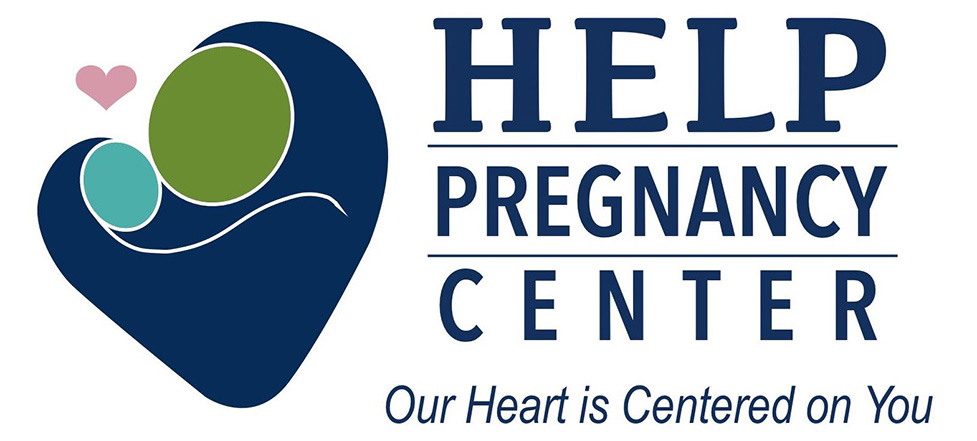You may not know that there is a difference between an STI (sexually transmitted infection) and an STD (sexually transmitted disease). While the two terms are similar, important distinctions separate STIs from STDs. A sexually transmitted infection is the presence of a venereal pathogen in the body. It may be a bacterial, viral, or parasitic infection, but the pathogen has not yet produced any symptoms or done damage to the body. STIs can, however, be passed to another individual through sexual contact. STIs are dangerous because they become STDs. This occurs when the pathogen begins to do bodily damage and produce physical symptoms. Therefore, STIs and STDs come from the same pathogens but represent different effects over time in the body.1 STIs and STDs are both dangerous, so any sexually active individual should be regularly tested for infection.
Exposure, Infection, and Symptoms
Over 25 different STIs have been identified. This number, however, may be deceiving since there are at least 30 strains of sexually transmitted HPV (Human Papilloma Virus) alone.2 WebMD reports that there are 15.3 million new cases of sexually transmitted infections every year in the United States.3 Some of those cases are curable, but many are incurable and will affect the person for life. Most STIs can cause serious, irreparable damage to the body if they are not treated. Many bacterial infections can even lead to death if not treated. Most of the permanent (viral) infections create severe discomfort for the individual and require a regular schedule of medication to treat the symptoms. Infections can be transmitted through oral, anal, or vaginal sex, and the only method for prevention of STIs that is 100% effective is abstinence. Any contact with another person’s genitalia provides a possibility for infection.
Every time that a person has sex with a different sexual partner, the risk of contracting a sexually transmitted infection rises. Infection is not always accompanied by symptoms, so sexually active people should be regularly tested to ensure that they have not contracted an STI. The damage done by a sexually transmitted disease is usually irreparable, so it is best to catch and treat the infection before it becomes a disease. If a person contracts an incurable disease, it should also be treated early in hope of prolonging health.
Sex is a big deal! Know the facts. Make informed decisions. Respect yourself. You are in control of your own sexual health. You can either be an STD statistic or a healthy individual.
- 1 in 4 sexually active teens get an STD4
- Abstinence improves your confidence level; you’re in charge of the decisions in your life
1 “Sexuality & Sexual Health: Sexually Transmitted Diseases.” (20 June 2009). TeenHealthFX. Retrieved August 30, 2010, fromhttp://www.teenhealthfx.com/answers/Sexuality/44602.html.
2 “Symptoms of HPV.” (2009). Epigee. Retrieved August 30, 2010, from http://www.epigee.org/health/hpv_symptoms.html.
3 “Understanding Sexually Transmitted Diseases (STDs). (2009). WebMD. Retrieved August 30, 2010, from http://www.webmd.com/sex-relationships/understanding-stds-basics.
4 “U.S. Teen Sexual Activity.” (January 2005). Kaiser Family Foundation. Retrieved August 31, 2010, fromhttp://www.kff.org/youthhivstds/upload/U-S-Teen-Sexual-Activity-Fact-Sheet.pdf.
